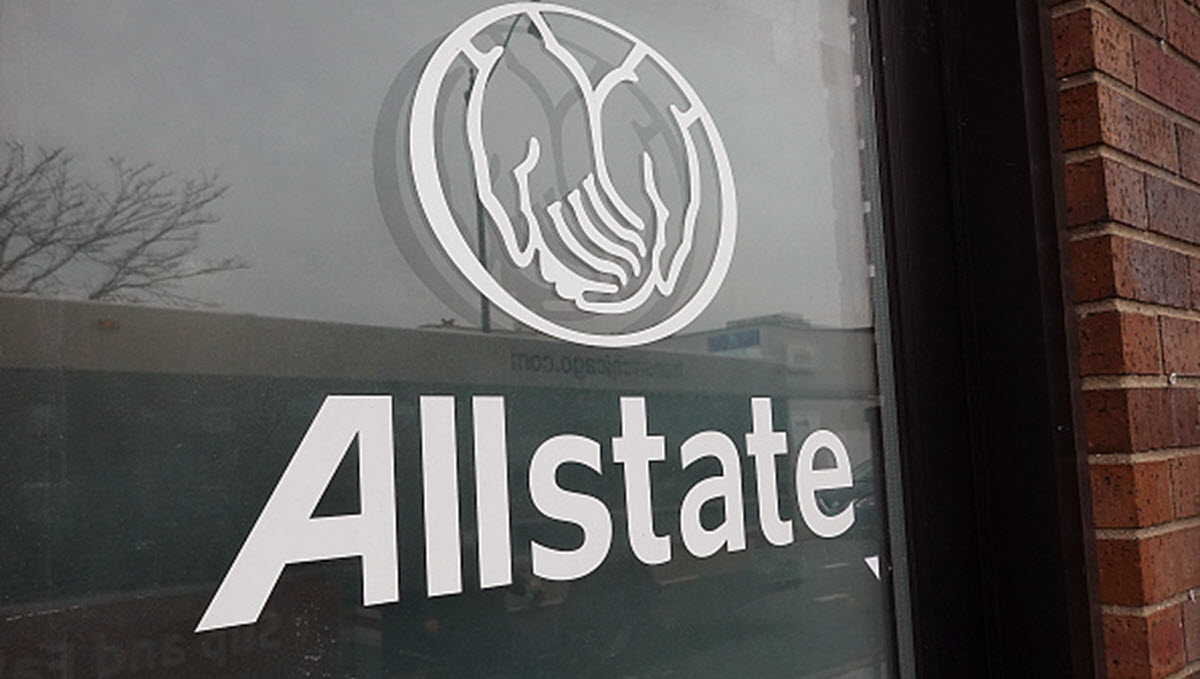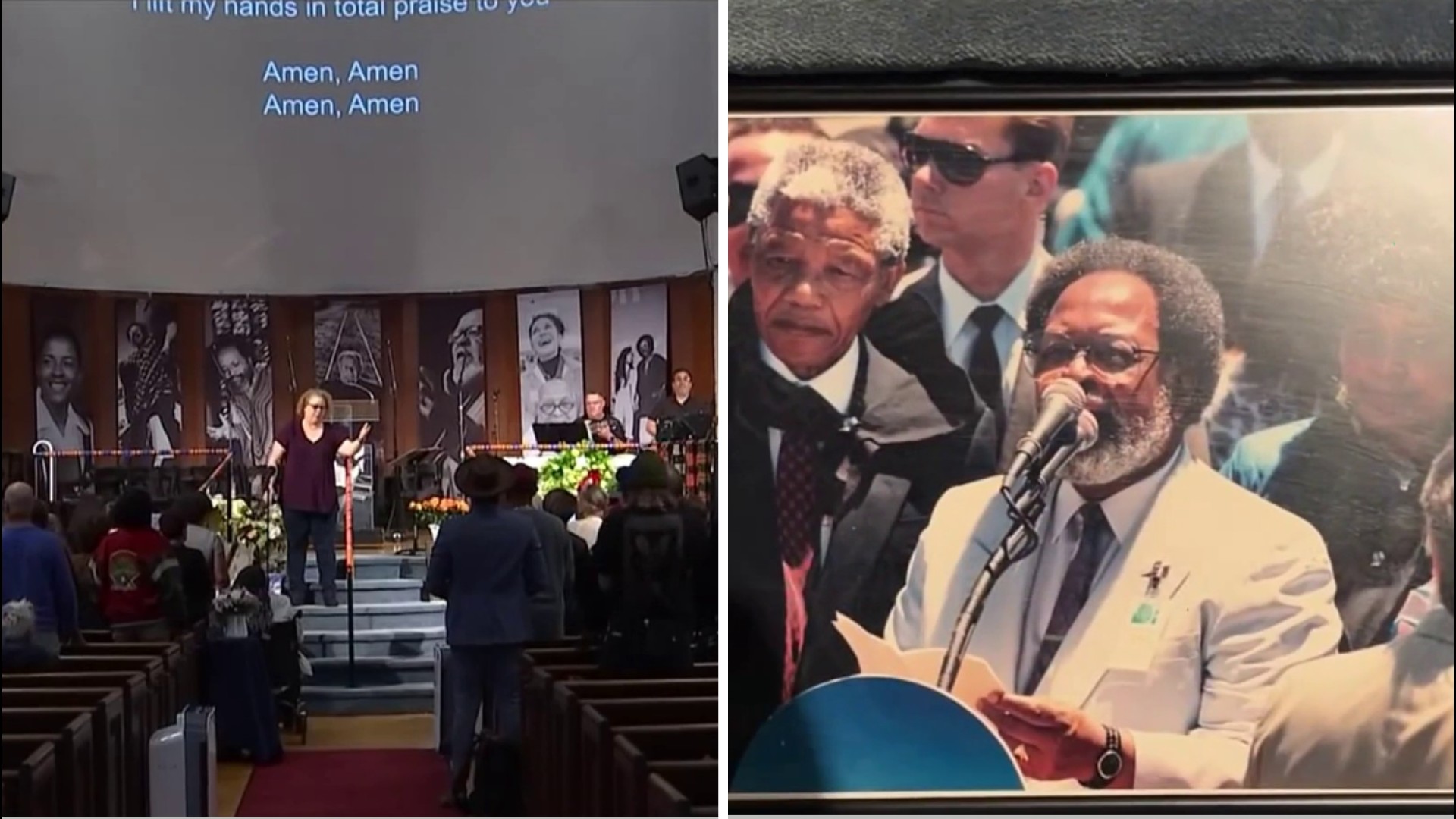If a picture’s worth a thousand words, how many one-liners can we get for one of Dan Dion’s portraits?
The premier comedy photographer on the globe happens to call San Francisco home. A sampling of his prolific portraiture is now on display at Density, 593 Valencia St., in The Mission—along with autographed copies of his portraits and interviews book, ¡Satiristas!, with comic inquisitor Paul Provenza.
Dan, a self-professed comedy nerd, has captured intimate moments with many of the legendary satirists—from George Carlin to the Smothers Brothers, from Lily Tomlin to Paul Mooney—and hundreds more. (That’s when he’s not performing house photographer duties at the Fillmore.)

Dan is also prepping a big exhibition of his comedy portraits for the 30th anniversary of Cobb’s Comedy Club, which should go up late this summer, with a reception to follow in October. He’s a busy man, but just because the ¡Satiristas! book has already been published by Harper Collins does not mean he and comedian Provenza are finished with the topic of satirists.
Corey Andrew: Can you tell me about the future of the ¡Satiristas! project?
Dan Dion: With regards to the book, we’re working on an app for it. It will have a bunch of live links to it, interview clips. We have so much material; a lot of it didn’t get in. Some interviews we had to cut entirely. We videotaped most of the interviews, including Greg Giraldo and Patrice O’Neal . It’s a long process, but we’re working on it. That’s just book-wise. We continue to do live shows, also.
Local
Corey: I love projects about comedy. I sometimes feel drawn to them more so than actual comedy.
Dan: Right, as long as they’re not trying to be too clinical or dissect a joke. I love books about comedy, too, but sometimes you read these things about satire that are so unfunny and don’t get what it is. What threaded through ¡Satiristas! was, can comedy make a difference, which George Carlin answered definitively, ‘Yes!’ Not to spoil anything, but that’s his take on it. I think that great satire has a point and really can affect people. Carlin changed my life when I was much younger.
Corey: The portraits that are in the book and at Density, how many of them were done at the same time as the interview?
Dan: I would say maybe close to half. I thought I had my work done when I approached Paul about doing this. Paul has his own contacts, which are greater than mine. When I came into it, I didn’t think we could get Stephen Colbert and Conan O’Brien and Bill Maher. I ended up shooting another half of the book. I’m certainly really glad.
Corey: It’s cool that you captured this moment in time. This is what was coming out of that mind when the photo was taken.
Dan: The oldest shot is probably Paul Krassner, which was taken more than 10 years before the interview. Some of the interviews had to be done on the phone. Paul Provenza had his own list of people he wanted and some people I hadn’t shot before, like Rick Overton. That was great to meet him in the context of doing the book. It greatly expanded once Paul got on board. I’ve never met anyone as smart on comedy as he is.
Corey: His Showtime show, ‘The Green Room,’ is fantastic.
Dan: Yeah, isn’t it great? I hope it gets picked up again.
Corey: What was it like on a shoot when Paul brought someone into the mix? What is the conversation with you and the comedian?
Dan: For example, Conan, I had no connection to him at all, but they’ve all known Paul for so long. There’s a certain insider’s credibility you get with Paul. It comes from him being one of them. If someone’s writing a baseball book, they can be incredibly knowledgeable—you could be Bob Costas—but if you’ve never been in the big leagues, you get a different type of respect.
The fact that I was doing the book with Paul opened a lot of doors. If I shot them right after their interview, they were always happy. It’s not the standard, ‘Where do your ideas come from?’ that comes from someone who doesn’t cover comedy. Paul compliments their own intelligence and allows people to shine though their interview. It made all the difference in terms of how people reacted, especially if they didn’t know me. This happened more with the television comics. Most club comics know my work from Gotham in New York or Montreal or here in San Francisco.
Corey: What do you find yourself talking about when they don’t know your work? What sets them at ease, aside from Paul’s involvement?
Dan: I generally talk about comedy. I don’t necessarily research my subjects because I know them already. Sometimes I’ll see that this person has worked with someone 10 years ago or whatever and speak to that. When comics talk about their friends, they also get more relaxed and engaging. They don’t need to hear that you like their work all the time. Sandra Bernhard probably gets all the time, ‘I love you!’ But if I say, ‘I love what you said about Paul Mooney in your interview. He’s one of my favorites.’ I don’t do it intentionally, to try and relax them, it’s just conversation. They appreciate it when they find you really respect the art and have some of the same likes as them. It sort of puts them at ease.
Corey: Do the images change for you when someone dies? You’ve got Carlin’s, Patrice’s and Greg Giraldo’s portraits all up at Density right now.
Dan: They definitely take on a different weight. I did a picture of Mitch Hedberg—so glad that I got to do that. I was supposed to shoot him about eight months before he died, and he canceled on me the day of the shoot, probably because he was not well. The Carlin one, though, is a special example. I had given him that print. A couple months after that, I got a call, ‘Dan? George Carlin.’ It was a drop-the-phone type of thing. ‘I really like that picture. When I saw it, I thought, “That’s the picture I want to give my daughter of me.”’
Corey: Wow.
Dan: ‘Of course. I will send you one immediately.’ He said, ‘Here’s the thing. I insist on paying you for it.’ He would not accept another gift. The fact that he was so cool to be like, ‘I won’t take a freebie,’ that always had a special place in my heart. I wasn’t there for the interview Paul did, and he took it even further. Carlin said that was the picture he wanted to be remembered by. Three weeks later, he died. To me, I’ll never surpass that level of honor.
Corey: I imagine as a huge comedy fan that Carlin’s gotta be way up there for you. When you’ve got someone like that, you grew up admiring and loving his work, how does that affect you the first time you’re doing a shoot with him?

Dan: I thought of myself as being immune to being star struck. Especially with my work at the Fillmore, I’ve shot really big names in music, famous people. Then I got to shoot Steve Martin, and I was nervous. I don’t think I let it show, but it was there. He’s this most elegant man and has this presence. I wasn’t flustered but was like, ‘Oh my God, I’m finally getting to shoot Steve Martin.’ Other times it’s just really cool. This morning I got a call from Harry Shearer’s people, and they want me to go down and shoot a fleet of photos for his Web site and his album and stuff. I’m playing it cool, but on the other hand I’m thinking, ‘I used to have pictures of this guy in my locker in high school.’ I was that kind of comedy geek.
I finally started my new list. I had this list years ago of all these people I wanted to shoot. I’ve shot so many of them. It’s so cool. Now I’m starting to make my new list, the legends I haven’t gotten yet. If I had any way to them, I would have utilized it. How do I get Don Rickles? How do I get Cosby when he doesn’t like photographers? It’s a matter of sending them the book and hoping they actually look at it.
Corey: I like that a lot of what you do isn’t a set-up. ‘Let’s see what I’ve got in my bag of props.’ The majority of it is not. Do you like it occasionally if someone wants to do something silly, like the Eric Idle portrait where he’s pretending to be a janitor?

Dan: Yeah. In that case, I had seen his show the night before. I liked the idea of him in this glamorous suit, sort of sweeping up after the show. He took it further and started singing to the broom. Sometimes I’ll shoot guys, and it’s boom boom boom, five minutes. Like at the Fillmore, I want to be quick because it’s after a show, and they’re tired. Eric Idle was like, ‘Come before the show. We’ll take care of it then.’ I was a massive Rutles fan. Not just Python. I had the Rutles movie memorized. He ended up doing three outfit changes. I got so much from him. I shot him for like 45 minutes. That’s unheard of for me in that kind of situation. He was the nicest guy.
For more information on Dan Dion’s upcoming exhibitions, please visit DanDion.com
Corey Andrew has been interviewing comedians and writing about comedy for the last decade and a half. In 2011, he published the book, “Laugh Lines: Conversations with Comedians.” Corey was a writer and performer with Midwest sketch troupe, The NonProphets, before moving to the Bay Area with his family a few years ago. If you have ideas for future columns about comedy, you can send them to coreywrites@yahoo.com and follow him at twitter.com/coreywrites.



